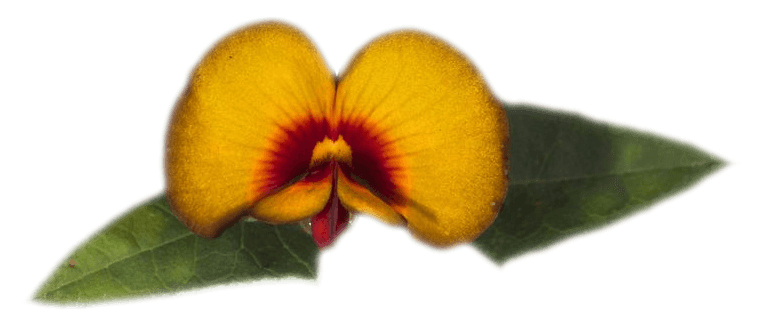Planting
Plant in the ground or leave in the pot. In either case, an east- or north-facing position with dappled sunlight is ideal. The overhead branches will also help protect the plants from frost damage. A thin (1cm at most) layer of coarse mulch will help keep the roots and tubers cool over summer, and feed the plants when they are actively growing.
Maintenance
As these orchids die down to escape the summer heat:
- Decrease watering in early November when the leaves should be yellowing.
- Give a light watering (just enough to stop the soil from becoming bone dry) every couple of weeks until early March, then
- Give a thorough watering to soak the soil.
Unless there is extreme heat, repeat this weekly through March, and leaves should appear during April.
Propagation
With good growing conditions, the number of tubers (and plants) will double or even triple. If kept in pots, repot if there are more than about 15 plants in a pot. Put no more than 10 tubers in a 15cm pot, about 3cm below the soil surface, using a good quality native plant potting mix. (Other potting mixes have too much phosphorus, which is bad for most Australian native plants.)
Every May, spread half a teaspoon of native plant fertiliser on each pot or similar sized area of ground.
If plants are in the ground, tubers do not need to be lifted unless you want to put some in a different part of your garden.


